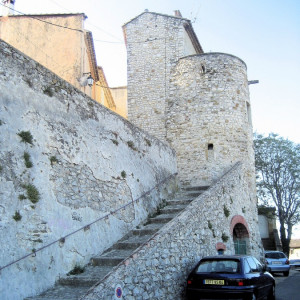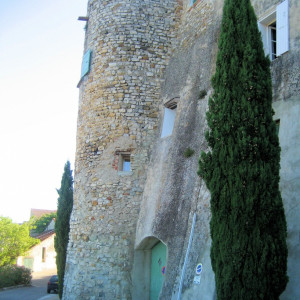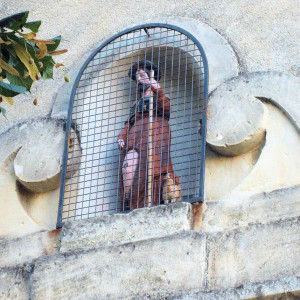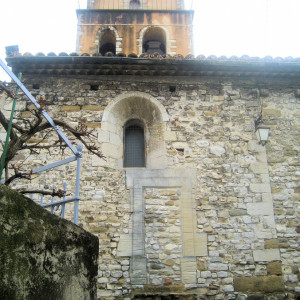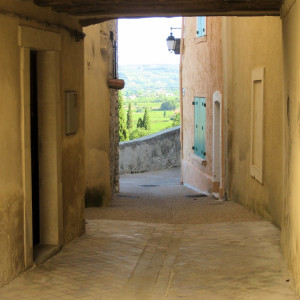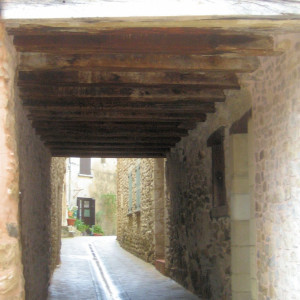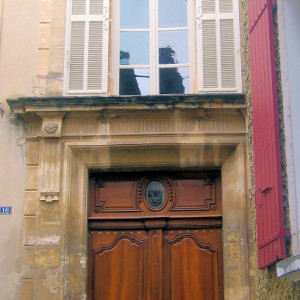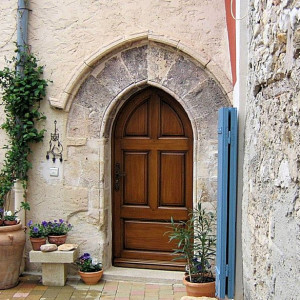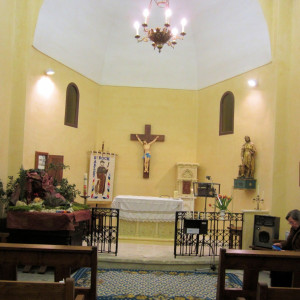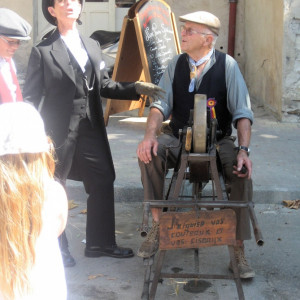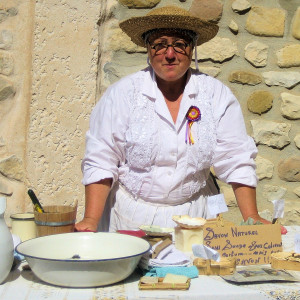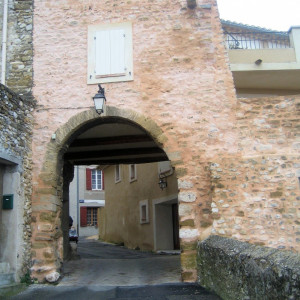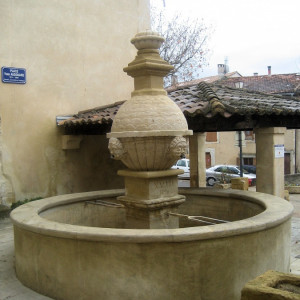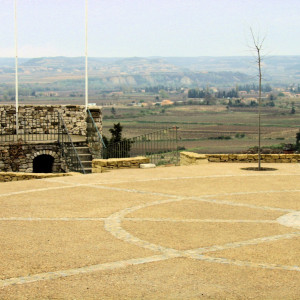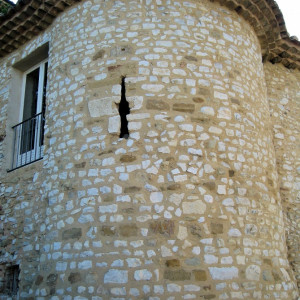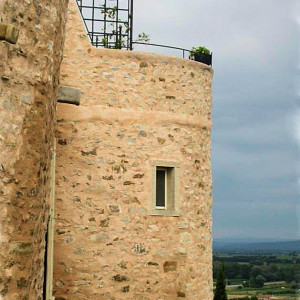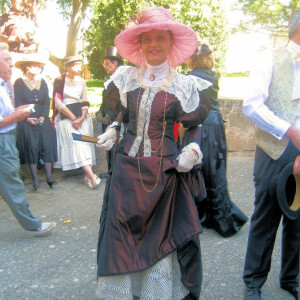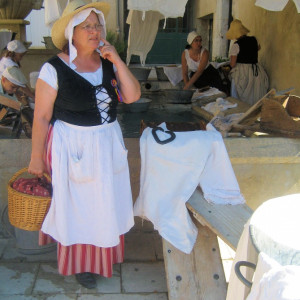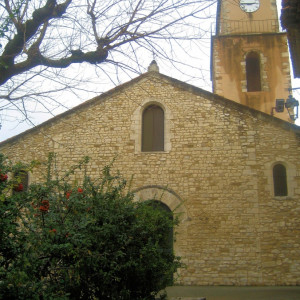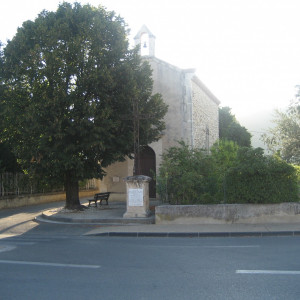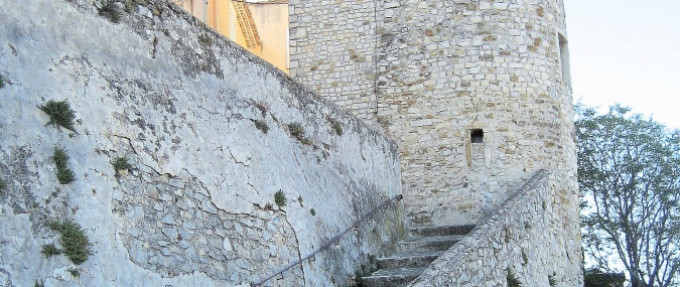
History of Sablet
Situated at the foot of the Dentelles de Montmirail, to the west of Mt. Ventoux – in the transition zone between the Mediterranean Sea and the PreAlps – Sablet’s population has experienced several waves of migration over the course of many centuries. Its history however, really begins the 9th Century when, to protect the village against invasion by the Sarrasins, the villagers built its first fortifications – the “Remparts”, which were rebuilt during the 15th Century and recently restored by the “Companions du Barrys” (Companios of the Barrys), an active association of Sablet citizens dedicated to the preservation of the history of the village.
During the Middle Ages, Sablet was owned by the Holy See, and unlike many other villages in the area, it was never controlled by a Feudal Lord – thus also like many other villages in the area, there is no castle. The citizens of Sablet have always been free to work the land and earned their living in this rich and fertile land of the Rhone Valley. On top of the hill that Sablet was built on, stands the Romanesque Church of St. Nazaire with its tall Campanile illuminated each night, marking the position of Sablet in the surrounding countryside. First built in the 12th Century, it was renovated and rebuilt with additions on the west side during the 14th Century. At this time, the Church was both the Administrative and Legal Authority in the area. When in 1577, the village was taken by the Calvinists, the Pope appointed a governor to oversee the village until the end of the religious war.
Provence was ravaged by the Plague in 1721 – but Sablet remained untouched! The grateful villagers built a Chapel to St. Roch who they credited with having saved the village. It was placed under the parish of St. Nazaire. The parish also encompasses the Circa 12th Century Chapelle St. Nazaire. All of these buildings are still in use today. During the Spring and Summer months, Masses are held at the Church of St. Nazaire every third Saturday evening, and it is common to see wedding parties and baptisms being held here. During the Autumn and Winter months, Masses are held at the Chapelle St. Roch and the Chapelle St. Nazaire is the venue for many interesting art and cultural expositions.
Whilst the devastation caused to vineyards in France during 1867 is wellknown of, the fact that the inventor of the grafting machine, the invention that helped to save the wine industry in this region and throughout France was a citizen of Sablet, Francois Leydier. Monsieur Leydier is remembered and honored in the village, by the naming of one of the main streets leading out from the village square after him: Rue Francois Leydier.


